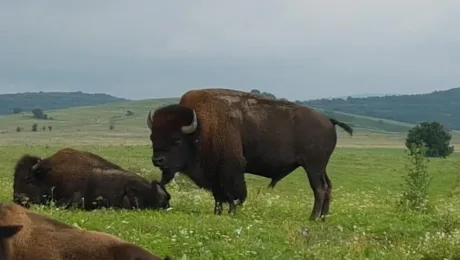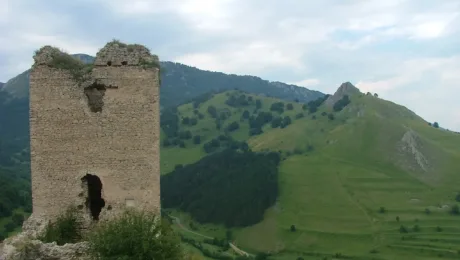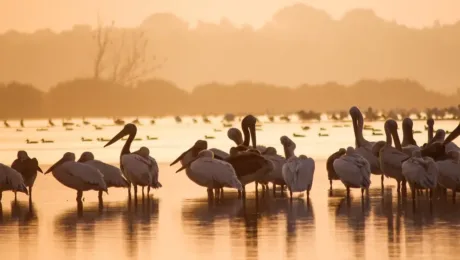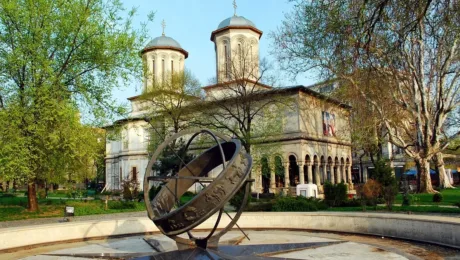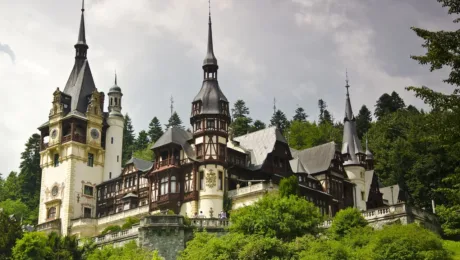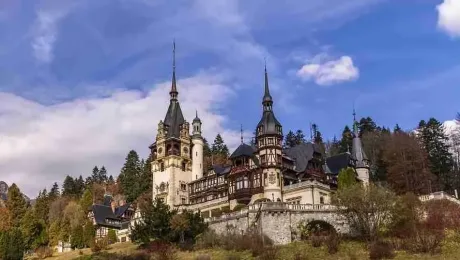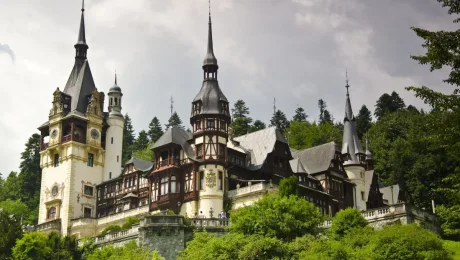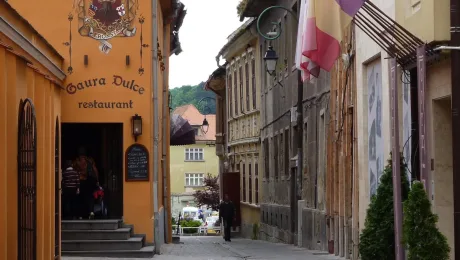Agricultural Tour of Romania
Saturday, 17 February 2024
by Our Local Tour
- Published in Tour
Explore Transylvania in Romania
Saturday, 21 October 2023
by Our Local Tour
- Published in Country - Place to See
Danube Delta
Saturday, 21 October 2023
by Our Local Tour
- Published in Country - Place to See
Bucharest
Saturday, 21 October 2023
by Our Local Tour
- Published in Country - Place to See
Peles Castle
Saturday, 21 October 2023
by Our Local Tour
- Published in Country - Place to See
What to explore in Romania?
Wednesday, 20 September 2023
by Our Local Tour
Exploring the Hidden Gems of Romania Romania, a country of diverse landscapes and rich traditions, is a destination that rewards curiosity. Nestled in Eastern Europe, it offers stunning scenery, medieval castles, vibrant cities, and a culture deeply rooted in history. If you are wondering what to explore in Romania, the answer is simple: everything from
- Published in Travel Blog
Why visit Romania?
Tuesday, 14 March 2023
by Our Local Tour
Thinking of Visiting Romania? Here’s Why You Should! Forget any preconceptions about Eastern Europe. If someone asks you, Why visit Romania?, the answer is simple: this country is a hidden gem waiting to be explored. Nestled in the heart of Eastern Europe, Romania offers a unique blend of ancient history, stunning natural landscapes, and rich
- Published in Travel Blog
The Best of Romania Holiday
Tuesday, 07 March 2023
by Our Local Tour
- Published in Tour
Romania
Tuesday, 07 March 2023
by Our Local Tour
- Published in Country

